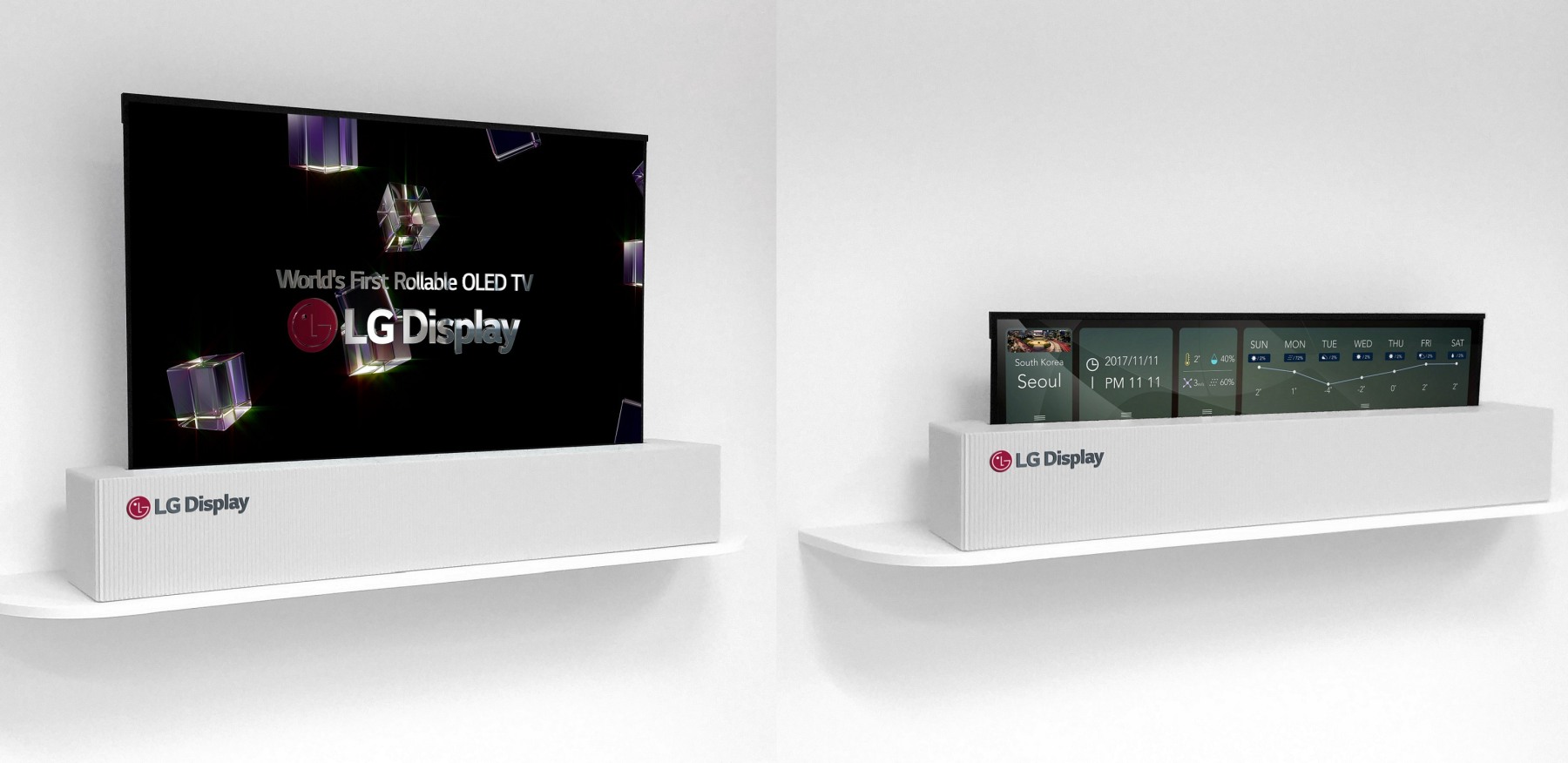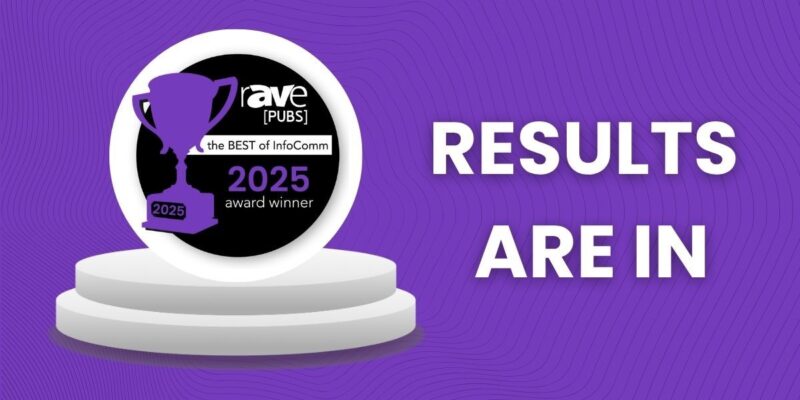CES2018 and an AV Prediction
I want to start by saying that I am not one who writes blogs declaring the death of specific technologies or market segments. In fact, most of the time, I rush in to debunk these AV obituaries and defend the legacy technology being declared dead.
I wrote pieces explaining why 4K WON’T kill movie theaters, why projection screens are STILL a necessity despite warp, blend, and color correction improvements in projectors, why composite video was still alive and well in 2012 etc.
Even in pieces where I write about the future of AV, I don’t pretend to know all the answers and typically concede that “I can’t say with certainty what the next big thing is, but I can say what it isn’t.”
I don’t have a crystal ball. (Although Gary Kayye does and you should tune into his webinar on Tuesday).
All that being said, one piece of rollable OLED technology at CES2018 caught my eye, and I immediately saw the implications of that technology to a section of the commercial AV market.

My thought is that once this is scaled to 100″ and inverted, it will be very disruptive in the small venue, two-piece projection market, given that the price is reasonable of course.
I tweeted about it and was immediately met with a little resistance. A fellow avtweep responded,
“The low-end projection market has proven surprisingly resilient. It’s survived everything that has been supposed to kill it for the last decade.”
I agree that it has, but this is different.
The reason flat panels haven’t killed low-end, two-piece projection yet, despite falling prices, is that many venues require screens in areas where they can’t be mounted on a wall. They need to drop down in front of whiteboards, or in front of windows, or they’re installed in churches or on stages where they need to be retracted when not in use to reveal architecture or utilize the space in a different way. Two-piece projection solves a problem in the application that a fixed flat panel just can’t address, which is why it’s still alive and well today.
However, retractable OLED solves all the same problems. If inverted, its rectangular case is very similar to that of an electric drop-down projection screen. In other words, it tackles all the challenges that two-piece projection does in these applications, but it does it in a single piece.
It also has an innate advantage. It brings its own black level.
OLED will produce blacks, whereas a two-piece projection system has to rely on controllable lighting and window treatments to make this happen. Even screens with ambient light rejection technology can’t match the black levels of OLED across a wide gamut of lighting conditions.
Given all this, my prediction really isn’t outlandish. In fact, I really don’t see it as a prediction at all. It’s just the logical next step in technology for these types of applications. The applications haven’t changed, the solutions really haven’t even changed, it’s just a natural evolution of the technology behind those solutions.
Two-piece, drop-down displays will become one-piece, drop-down displays.
So what does this mean for companies manufacturing projectors in this market? What about screens? Well, it’s not all bad news. With change comes a huge opportunity for manufacturers of both.
Any company currently making projectors for this market segment should start investing in this rollable OLED form factor so that when the time comes, they can transition their customers from their projectors to their rollable OLED solutions. Those who already have a display product line may have a fast mover advantage as well, with companies like NEC and Panasonic immediately coming to mind.
For manufacturers of projection screens, there is also a huge opportunity. Many of the existing projection screen cases already installed have the ability to be retrofitted with new rollers and new screen material. If I were a company like Da-Lite or Draper, I’d be exploring a partnership with an OLED manufacturer to develop a line of displays that fit in these existing enclosures, making the upgrade path extremely easy. Of course, these companies should also be looking at those partnerships to either develop their own competitive full line of rollable OLED solutions, or perhaps even partnering to be the OEM provider of choice for the enclosures, rollers, motors, and cases.
So what do you think?
Will rollable OLED be limited only to displays built into furniture and fireplace mantels? Or will it be scaled to 100″ to flip both the product itself and the low-end, two-piece projection market upside down?
Tell me I’m right or get in a fight in the comments section below.





